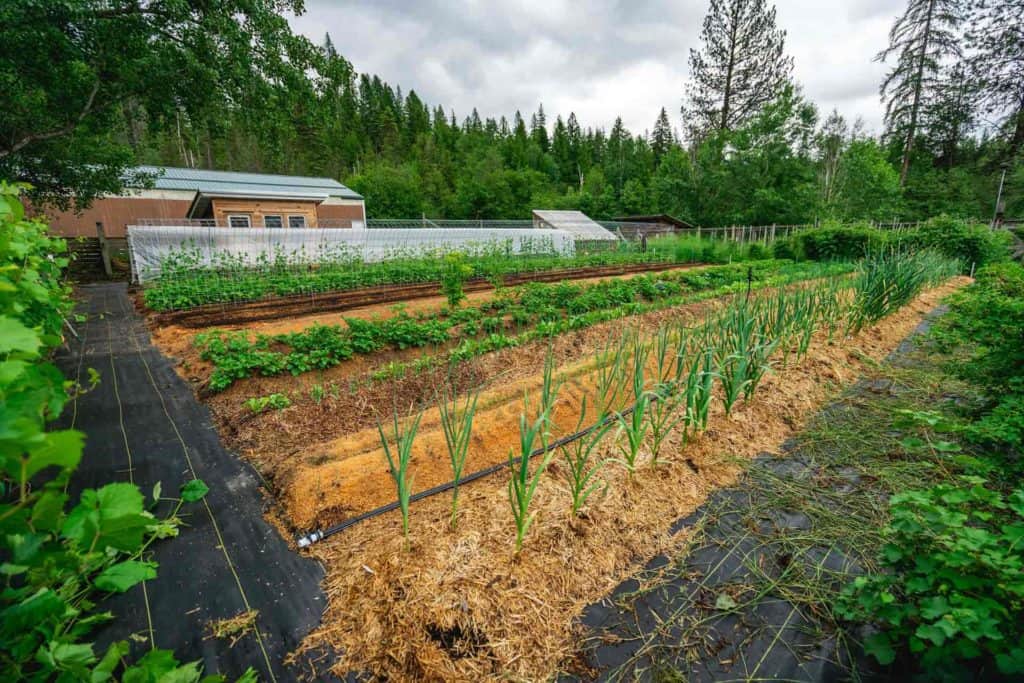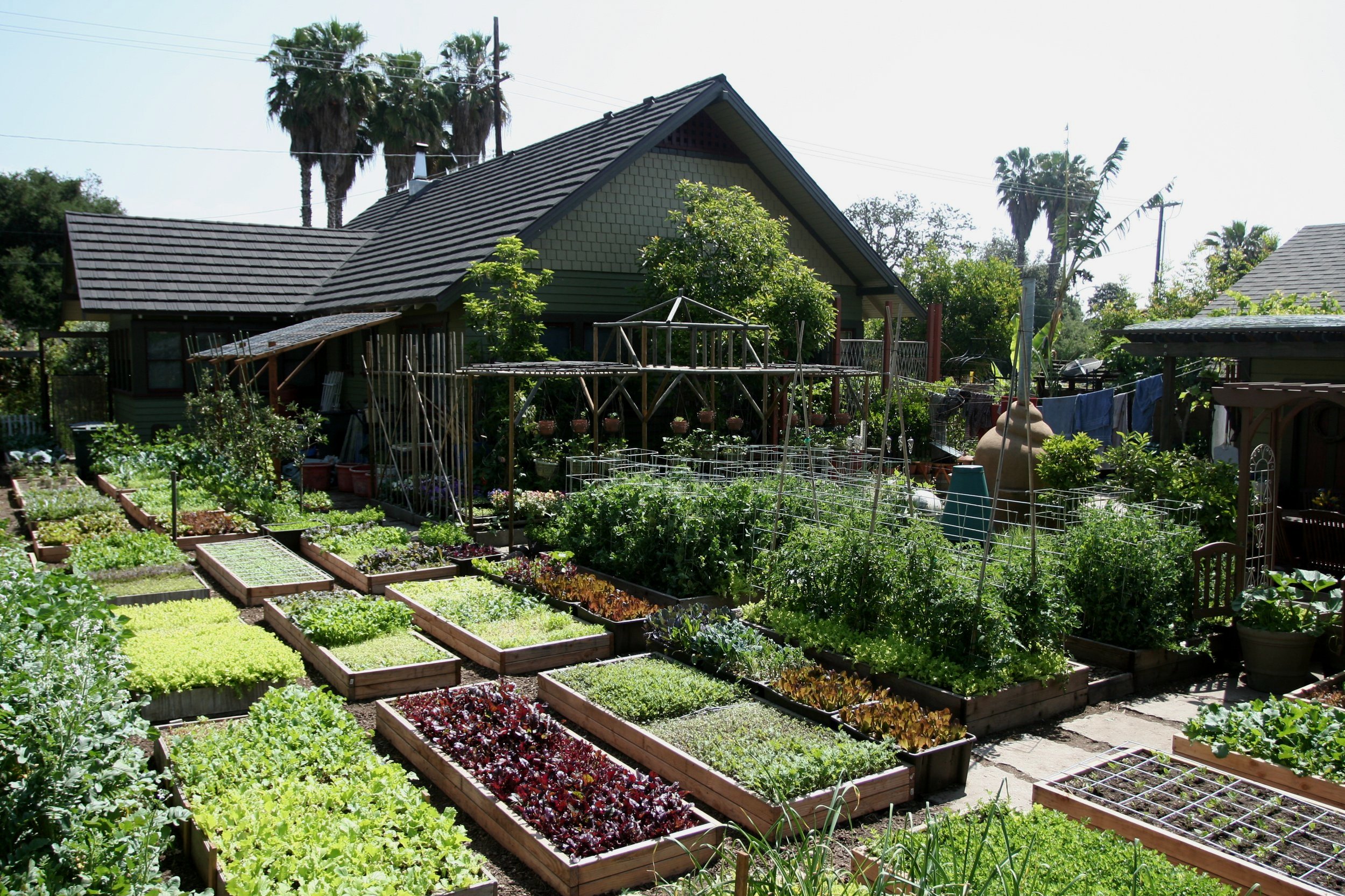Enhance Your Outdoor Area With Creative Gardening Styles and Layouts
By discovering numerous designs, such as the enchanting informality of home yards or the minimalism of contemporary looks, one can substantially raise the atmosphere of their surroundings. Additionally, incorporating vertical horticulture strategies and lasting methods not only enhances aesthetic charm however also promotes ecological consciousness.

Home Yard Appeal
Cottage gardens, often characterized by their lavish, casual formats, embrace an unified mix of flowers, natural herbs, and veggies, creating a vibrant tapestry of shade and scent. This conventional gardening design days back to the late 19th century, coming from England, and is prized for its enchanting, charming appeal.
Crucial element of cottage yards include using seasonal plants, climbing creeping plants, and self-seeding annuals, which add to an ever-evolving landscape. Planting in thick clusters urges a naturalistic look, allowing for a diverse mix of colors and appearances. Popular flowers such as delphiniums, hollyhocks, and foxgloves intermingle with fragrant natural herbs like lavender and rosemary, enhancing sensory experiences while advertising biodiversity.
Incorporating rustic attributes, such as weathered trellises, wood fences, or stone paths, even more boosts the aesthetic of a home yard. This style not just prioritizes appeal yet additionally embraces sustainability, as lots of plants are chosen for their capability to bring in pollinators and provide food. Eventually, the home garden appeal hinges on its relaxed, inviting environment, motivating a deep connection with nature while providing a picturesque retreat for relaxation and enjoyment.
Modern Landscape Aesthetic Appeals
While the beauty of home yards evokes a sense of fond memories and fancifulness, modern landscape looks welcome a more minimal and structured approach. This contemporary design emphasizes simplicity, performance, and an assimilation with the surrounding setting. Clean lines, geometric shapes, and a limited color combination define contemporary landscape design, permitting nature's elegance to take facility stage without unnecessary distractions.
Materials play an important function in accomplishing this visual. Concrete, steel, and all-natural stone are often used to produce hardscapes that match the landscape as opposed to overwhelm it. Furthermore, the careful choice of plants is fundamental; decorative yards and indigenous varieties are usually preferred for their reduced upkeep and capacity to prosper in regional conditions.
Water features, such as sleek fish ponds or mirroring swimming pools, are also indispensable to modern-day styles, offering calmness and a centerpiece. Lasting techniques, including xeriscaping and the use of absorptive products, improve the environmental duty of modern-day landscape design. Eventually, modern landscape appearances provide a possibility to create tranquil exterior spaces that reflect modern worths while fostering a much deeper connection to nature.
Upright Gardening Developments
Vertical horticulture developments have actually reinvented the way we come close to gardening in minimal areas, enabling the farming of plants in metropolitan settings where ground area is scarce. These ingenious techniques and frameworks allow garden enthusiasts to make best use of vertical surface areas, transforming walls, fencings, and even porches into rich green areas.
One prominent advancement is using modular systems, which are composed of interlacing panels that can be quickly mounted and rearranged - Homestead Gardening. These panels commonly come equipped with built-in watering systems, ensuring that plants get ample moisture while lessening water waste. In addition, vertical gardens can include a variety of plants, from flowering species to edible herbs, promoting biodiversity and improving aesthetics
One more notable innovation is the integration of wise innovation, such as sensing units that monitor soil dampness and nutrient degrees. This technology allows for specific care tailored to the requirements of specific plants, go now ensuring optimal growth and health and wellness. In addition, lightweight materials and vertical planters made from recycled products contribute to sustainability while decreasing the physical problem of standard horticulture.
Lasting Horticulture Practices
Lasting horticulture methods have become an essential technique for gardeners seeking to decrease their ecological effect while enhancing the wellness of their ecological communities. These methods focus on the mindful monitoring of natural deposits, advertising biodiversity, and promoting a resilient landscape.
One crucial element of lasting horticulture is soil wellness. Using natural garden compost, mulching, and crop turning enriches the dirt, promoting beneficial This Site microbes and decreasing the need for chemical plant foods. In addition, native plants are encouraged, as they need less water and are a lot more resistant to regional pests, therefore reducing dependence on pesticides.

Moreover, sustainable gardening encourages the usage of recycled products for yard structures and pathways, reducing waste and ecological influence. By taking on these practices, gardeners can develop a thriving outdoor area that harmonizes with nature, ensuring both personal pleasure and eco-friendly obligation.
Themed Yard Inspirations
Developing a themed garden can change a normal outdoor room right into an exciting haven that shows personal design and passions. Themed yards provide a distinct possibility to share imagination while enhancing the aesthetic charm of one's landscape. Popular themes include Japanese Zen yards, which stress tranquility through very carefully arranged stones, water functions, and minimalist growings.
An additional motivating theme is the home garden, defined by a casual format full of a wealth of vivid blossoms and great smelling natural herbs. This design advertises biodiversity and draws in pollinators, making it both stunning and ecologically useful.
For those with a penchant for adventure, an exotic yard can evoke a trip feel, featuring vibrant vegetation, vivid blooms, and perhaps even a little water function to mimic a hotel atmosphere.
Alternatively, a themed garden can draw inspiration from literature or background, such as a Shakespearean garden that integrates plants pointed out in the Bard's works.
Selecting a style not just offers direction in plant choice and design yet likewise develops a natural setting that welcomes expedition and satisfaction, making outdoor areas really distinctive.
Conclusion

Incorporating rustic features, such as weather-beaten trellises, wood fences, or stone paths, better improves the aesthetic of a home yard. Furthermore, vertical gardens can incorporate a selection of plants, from flowering species to edible natural herbs, advertising biodiversity and improving aesthetic appeals.
Producing a themed garden can transform an ordinary outside room right into a fascinating sanctuary that shows individual style and passions. Themed gardens supply an one-of-a-kind opportunity to share imagination while improving the visual allure of one's landscape. The beauty of cottage yards, the sleekness of modern landscapes, innovative upright gardening techniques, lasting methods, and themed gardens each contribute distinct elements that foster both elegance and performance.